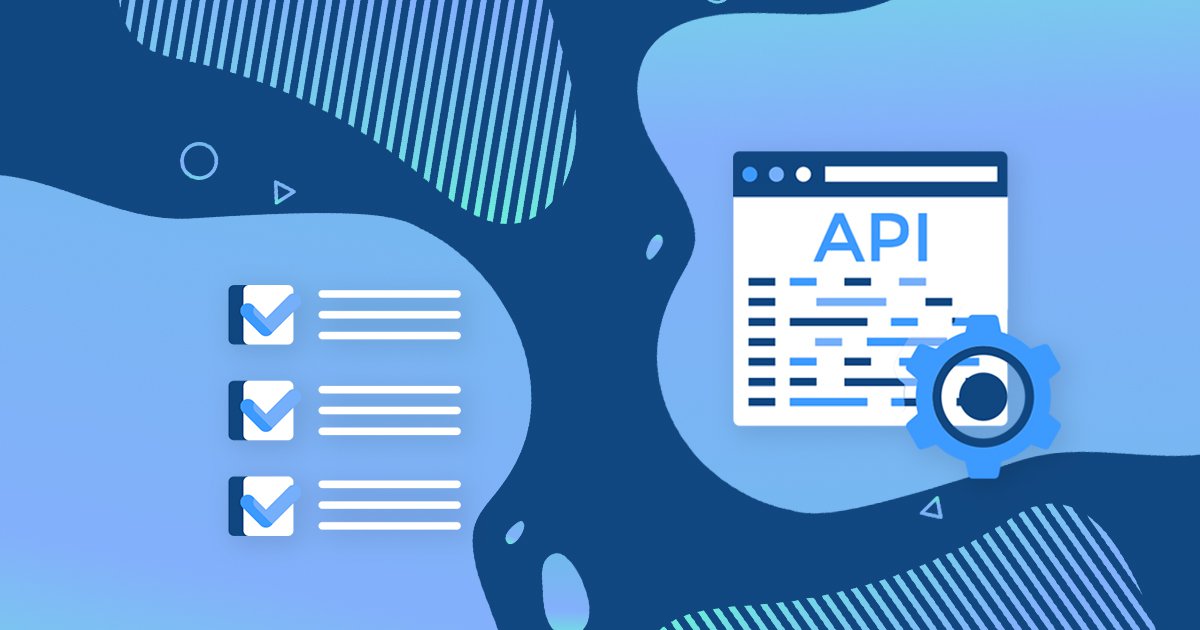Having been supplying payment gateway integration solutions for over 20 years now, we certainly hear some common themes when discussing potential integration solutions with prospective clients. As one prospect put it, “I think it’s now become part of the developers DNA that Stripe is the defacto integration solution.” Who can argue with elegant API’s and fairly ease of boarding, right?
Problem is a SaaS prospect at an early stage in their business model life might not have thought of things that will become more important than there original defacto choice once the business becomes more mature and they encounter new goals and objectives based on their using client’s experiences.
Here are three keys considerations for what could be the best decision for a payment gateway integration:
- Customer Service
Do you really want your clients to be restricted to an online form for customer service when it comes to payment processing? Client users of your SaaS rely on the revenues that they receive from services or products that are facilitated through your application. In the defacto model you are removed from having any leverage in the way of payments related customer support communications.
In any of the three models mentioned above, you have the ability to view transactions and be able to offer assistance. Moreover, it’s having the ability for your processing relationship to be able to handle those issues and be able to communicate on the phone pr personally via email. Don’t sell customer service short when it comes to choosing your processing relationship.
Agile Payments has been facilitating payment gateway integration solutions for 20+ years. We’re hear to listen to your unique requirements and present you with options for consideration. Contact us and let us advise your on your options.
- Account ownership and leverage.
If your SaaS organization has ownership of the merchant accounts you are better positioned for leveraging the portfolio towards providing your using clients with a very good rate and at the same time adding some revenue towards the SaaS’ bottom-line.
Let’s face it, you haven’t created your application to be semi-successful. You and your team have created an application that you believe will gain significant traction. Ach Integration And if it gains traction there will be others who will provide competition. Keeping ahead of the competition will become of paramount importance. Integrating powerful payments functionality is one way to do so.

You’re also in your endeavor to make a profit. Once your application has gained some traction it’s definitely possible to provide your using clients with a better than the defacto .30 + 2.99 rate – and at the same time adding revenue to your SaaS bottom-line. How much is dependent on a number of things, including the processing relationship model.
- Processing Relationship Model
The buzzword over the past few years for SaaS requiring a payments component has been Payment Facilitation, and for good reason. Payment Facilitation provides the opportunity for a frictionless boarding process. Good processing rates can be provided and there’s opportunity for revenue generation for the SaaS organization.
The potential downfalls are that any SaaS at its early stage won’t typically be able to support a true payment facilitation model. You’re essentially becoming a payments company and taking on the burdens of customer support, KYC and compliance. The costs of payment facilitation can easily outweigh the advantages of frictionless on-boarding.
Of course there can be managed payment facilitation that can be considered. In this type of relationship the compliance, KYC and underwriting burdens are off-loaded to what would be your Master Payment Facilitation partner. For being relieved of those burdens you will expect to pay a higher processing rate, yet still be able to generate some revenue while at the same time providing your using base with competitive rates.
Lastly there’s the Payments Partnership model for an option. While this model has been around for a long time, technological advancements have recently made this option more attractive. A payments partnership also provides the best option for providing the user base with a good processing rate and also for revenue generation.
Not too long ago the underwriting and boarding process for a payments partnership was to have a SaaS merchant user fill-out a PDF application and wait days or even weeks – and then the on-boarding process was clunky. These days the merchant account provisioning can take place all through an API where a form can be completed on your SaaS site. Underwriting can be near instant because of processor integrations to various tools that perform background, KYC and credit checks. Assuming all information was entered correctly, SaaS merchant users can be boarded within an hour or two. Moreover, API credentials can be generated by the SaaS organization and once their merchant client is approved than can complete what would be the missing piece of the puzzle to enable them for live processing.


